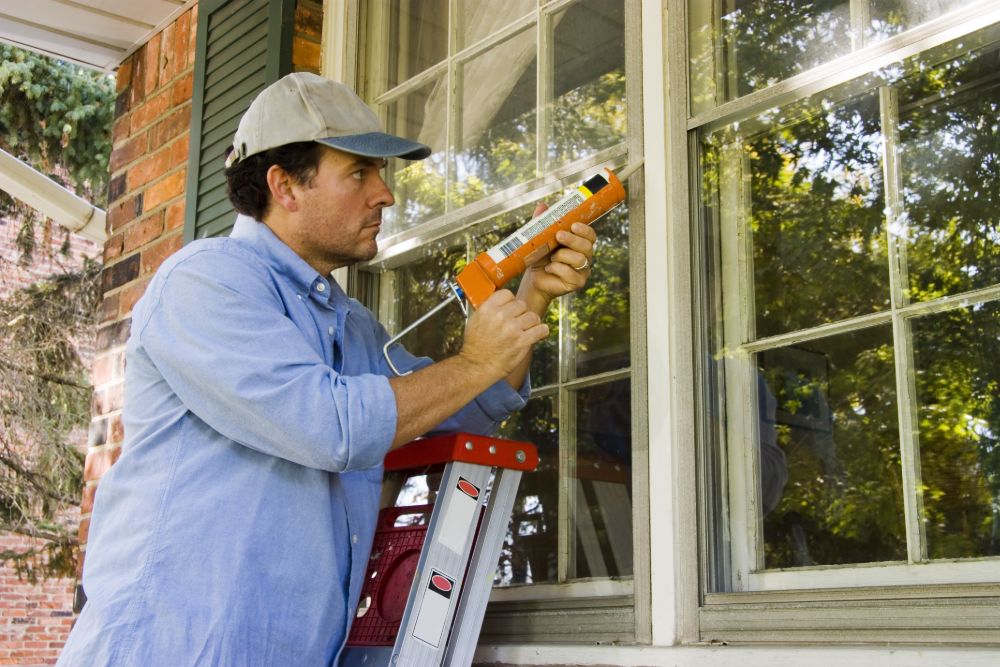How Caster Design Affects Equipment Use

Casters are an essential component in many industrial and commercial settings. They are used on the bottom of equipment and carts to make transportation of goods easier. One reason is to help move loads that would otherwise be too heavy or awkward to carry. Another purpose is to transfer delicate loads from point to point. Therefore caster design is important depending on the application it is being used for. Below are some key aspects to consider when evaluating casters.
Cargo Type
One of the first items to understand is what will be transported on the rolling equipment. If it’s prone to vibration or difficult to maneuver then it may be best to pick something more than a basic fixed caster.
Load Requirements
Knowing the weight of the loads to be placed on the equipment is critical to choosing the right caster. Selecting a set of caster that is too small can make it harder to operate and also could create an unsafe condition.
Floor Surface
Evaluating the surface the casters will be used on is another variable important to design. Rough surfaces can create excess vibration and increase wear. One way to combat this is by using shock reducing casters. Uneven surfaces may call for a dual wheel design to be implemented in order to keep them in contact with the ground at all times.
Special Factors
There are other scenarios that will require more detailed thought in designing a caster. One example is whether the solution calls for as little noise as possible – such as a hospital setting. Another is whether the caster will be used in any extreme environment. Exposure to hot or cold temperatures, moisture, dirt or corrosive conditions will require specialized materials and designs to be utilized.
Choosing the right caster can make a difference in the ergonomics for workers. It can also affect the durability and lifespan of your equipment.



